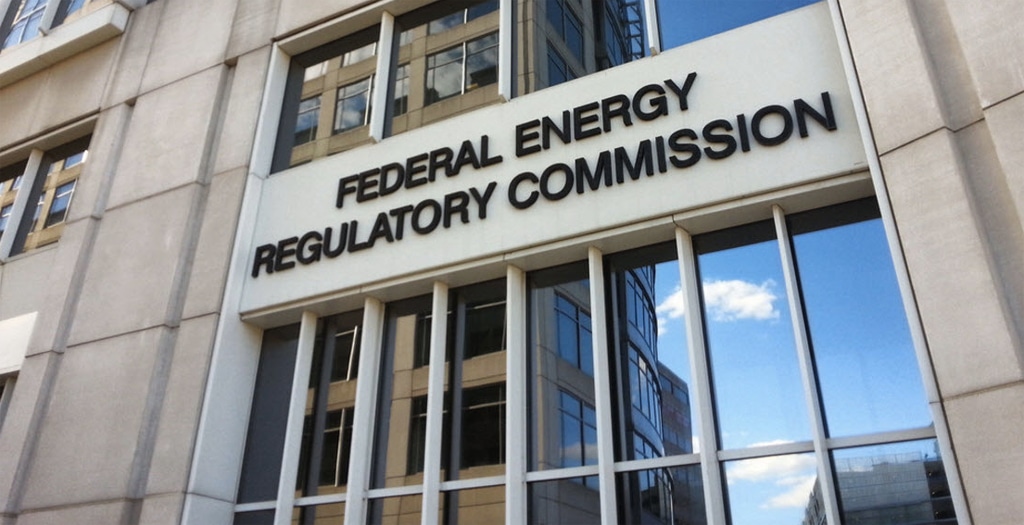The Trump Administration, its appointees to federal agencies and its Congressional allies have given the solar industry a seemingly endless source of headaches. In addition to scrapping the Clean Power Plan, a proposed coal and nuclear bailout, the tax overhaul and trade action under Section 201, we now have something else to worry about: reform of the Public Utilities Regulatory Power Act of 1978 (PURPA).
In recent years, PURPA has emerged from a wonky energy law obscurity to become one of the biggest drivers of utility-scale solar in the United States. GTM Research estimates that 3.6 GW of solar came online in the first three quarters of 2017 under PURPA contracts, to represent 21% of the total utility-scale capacity installed.
However, the sudden application of the law to utility-scale solar has not been without conflict. Multiple states have made major changes to PURPA to stem the number of contracts that utilities must sign with solar and wind projects. And while changes in North Carolina appear to alter the details of procurement and prices but keep a healthy volume of utility-scale projects, in the worst cases, such as in Idaho, they have gutted the law to make it unusable as a procurement mechanism.
Yesterday the president of the National Association of Regulatory Utility Commissioners (NARUC) sent a letter to the Federal Energy Regulatory Commission (FERC) calling on the body to “update” PURPA to reflect what it describes as the new realities of the power system in the 21st century, including the creation of wholesale power markets in much of the country, open-access to transmission and the rise of competitive procurement.
And perhaps the biggest reason is that PURPA finally became a means to actually procure large amounts of renewable energy.
NARUC President John Betkoski III has called for three reforms to PURPA. The first would be to move away from the “avoided cost” methodology to competitive auctions or market clearing prices. This was the main component of PURPA reform in North Carolina, where Duke Energy and the solar industry came together in a compromise to move to an auction-based system.
The second would be to lower or eliminate a 20 MW threshold under which utilities must offer standard contracts at avoided cost. Betkoski argues that this rule is based on the presumption that electricity generation projects smaller than this do not have non-discriminatory access to the market. He describes that this presumption is “rebuttable” and suggests that the threshold be lowered to whatever is the minimum capacity requirement for a resource to participate in a wholesale electricity market.
Finally, NARUC is calling for changes to FERC’s “one-mile” rule, wherein such power projects must be at least one mile distant to be counted as separate facilities under PURPA. Betkoski claims that this is allowing developers to game PURPA by building multiple projects under the size limit to quality for avoided cost contracts and “evade other regulations”.
Betkoski calls such reforms “important and necessary” at this time, despite the other work that FERC has going on. This includes FERC’s attempt to fulfill a Department of Energy mandate to bail out uncompetitive coal and nuclear plants under the flimsy rationale of “fuel security”.
However, it is notable that Betkoski is calling on a FERC full of newly minted Trump appointees to take on this issue, particularly given that states have already taken significant action to make changes to PURPA.
Additionally while Betkoski complains of transaction costs and administrative burdens cause by PURPA implementation, he cites the opinions of regulators from Montana and Idaho in the letter. In these two states utility regulators have made changes to PURPA that solar advocates describe as closing off those markets to renewable energy.
This is not the only challenge that has arisen to PURPA. The U.S. House of Representatives introduced a bill to gut PURPA in November, including waiving the must-take requirement for qualifying projects and making similar changes to the minimum 20 MW capacity and one-mile rule as proposed by NARUC.
However HR 4476 appears to have languished in the House Committee on Energy and Commerce and is unlikely to see action this legislative session.
Read the full letter here:
This content is protected by copyright and may not be reused. If you want to cooperate with us and would like to reuse some of our content, please contact: editors@pv-magazine.com.









By submitting this form you agree to pv magazine using your data for the purposes of publishing your comment.
Your personal data will only be disclosed or otherwise transmitted to third parties for the purposes of spam filtering or if this is necessary for technical maintenance of the website. Any other transfer to third parties will not take place unless this is justified on the basis of applicable data protection regulations or if pv magazine is legally obliged to do so.
You may revoke this consent at any time with effect for the future, in which case your personal data will be deleted immediately. Otherwise, your data will be deleted if pv magazine has processed your request or the purpose of data storage is fulfilled.
Further information on data privacy can be found in our Data Protection Policy.